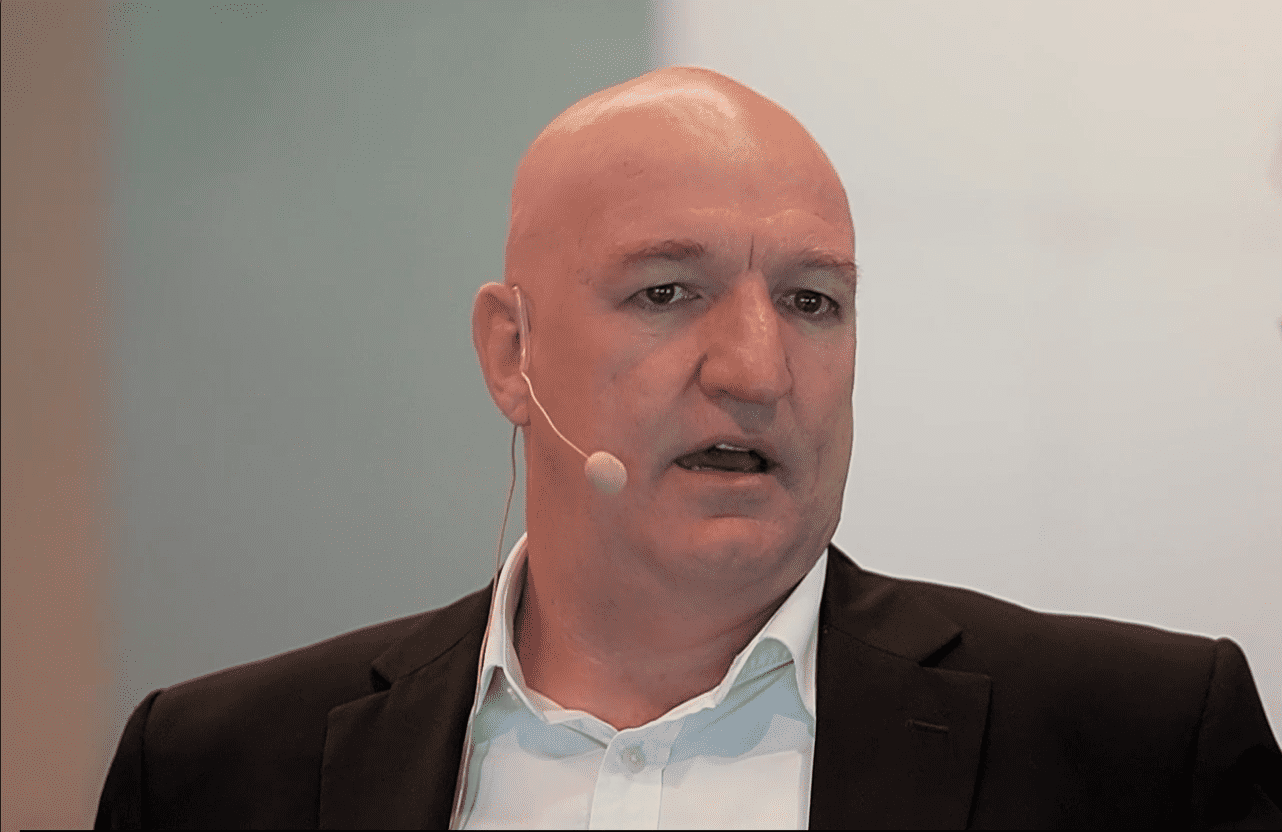Trying to time the stock market is one of the biggest mistakes investors make.
No one—no matter how experienced—can consistently pick the perfect time to buy and sell ASX shares.
Market crashes, corrections, and recoveries are unpredictable, and missing out on just a handful of the best-performing days can have a huge impact on your overall returns.
With market volatility rearing its ugly head in March, many investors are wondering whether now is the right time to buy ASX shares.
But instead of stressing about market timing, there's a simpler and more effective approach: dollar cost averaging (DCA).
The power of dollar cost averaging
Dollar cost averaging is an investment strategy where you invest a fixed amount of money at regular intervals, regardless of market conditions.
Instead of trying to guess when the market has bottomed out, you buy ASX shares consistently—whether prices are high, low, or somewhere in between.
The benefit? You smooth out the impact of short-term volatility.
When the market is down, your fixed investment amount buys more shares at a cheaper price. Whereas, when prices are higher, you buy fewer shares, but your existing holdings benefit from the market's gains.
Over time, this approach can help reduce the risk of making a large investment at the wrong time while taking advantage of long-term market growth.
Investing $500 a month DCA style
One of the most compelling reasons to use dollar cost averaging is the power of compounding returns.
Even small, consistent investments can turn into life-changing sums over time.
Let's say you start investing $500 a month into ASX shares and achieve an average annual return of 10%, which is roughly in line with the long-term return of the stock market. Here's what that could look like over different time frames:
- After 20 years: Your total investment would be $120,000, but thanks to compounding, your portfolio could grow to around $360,000.
- After 30 years: Your total investment would be $180,000, but your portfolio could be worth approximately $1 million.
- After 40 years: Your total investment would be $240,000, yet your portfolio could skyrocket to approximately $2.8 million.
This is the magic of time in the market. The longer you invest, the more powerful compounding becomes. And by dollar cost averaging, you remove the pressure of trying to time the market and instead let consistency work in your favour.
Foolish takeaway
Instead of sitting on the sidelines waiting for the "perfect" time to buy, consider dollar cost averaging into quality ASX shares or ETFs. The key is to stay disciplined, stick to your plan, and let time do the heavy lifting.









